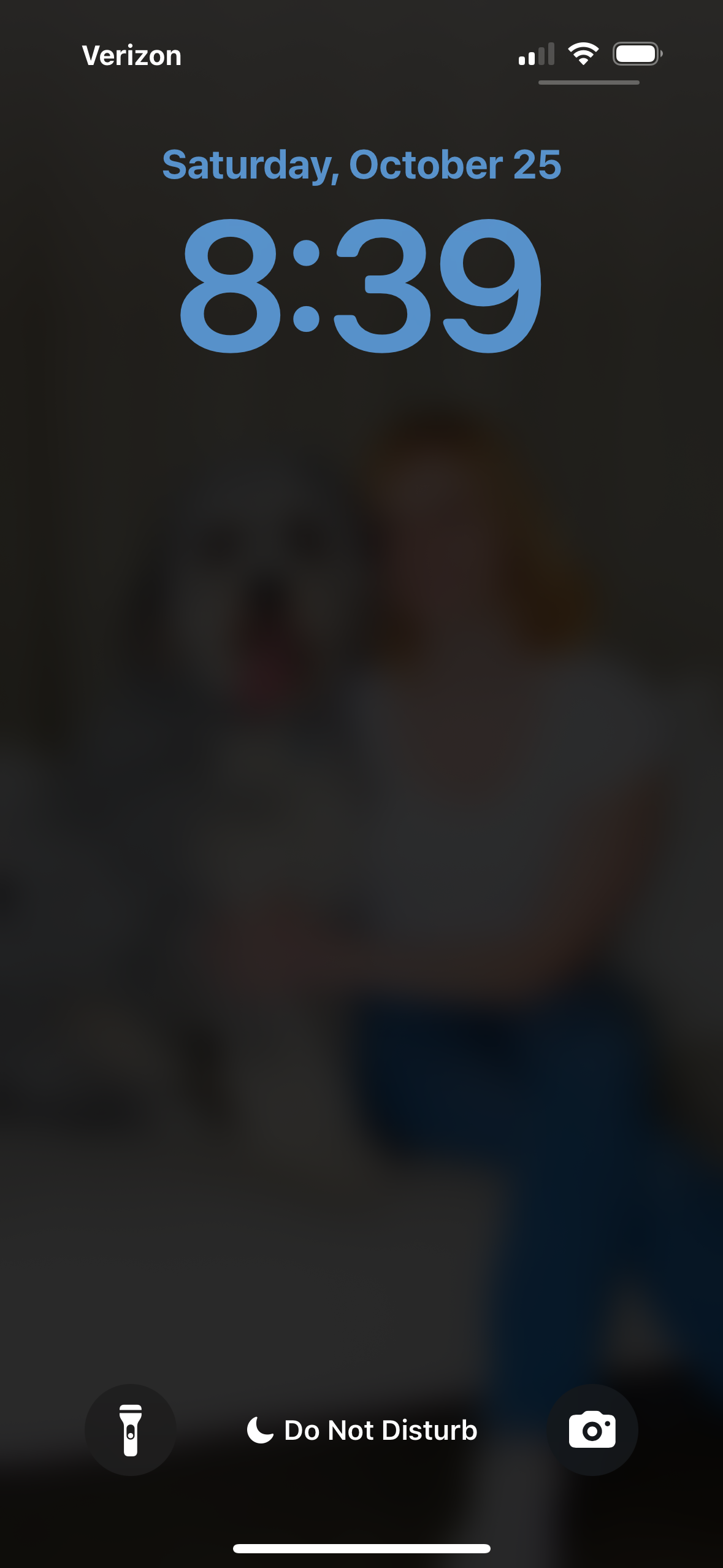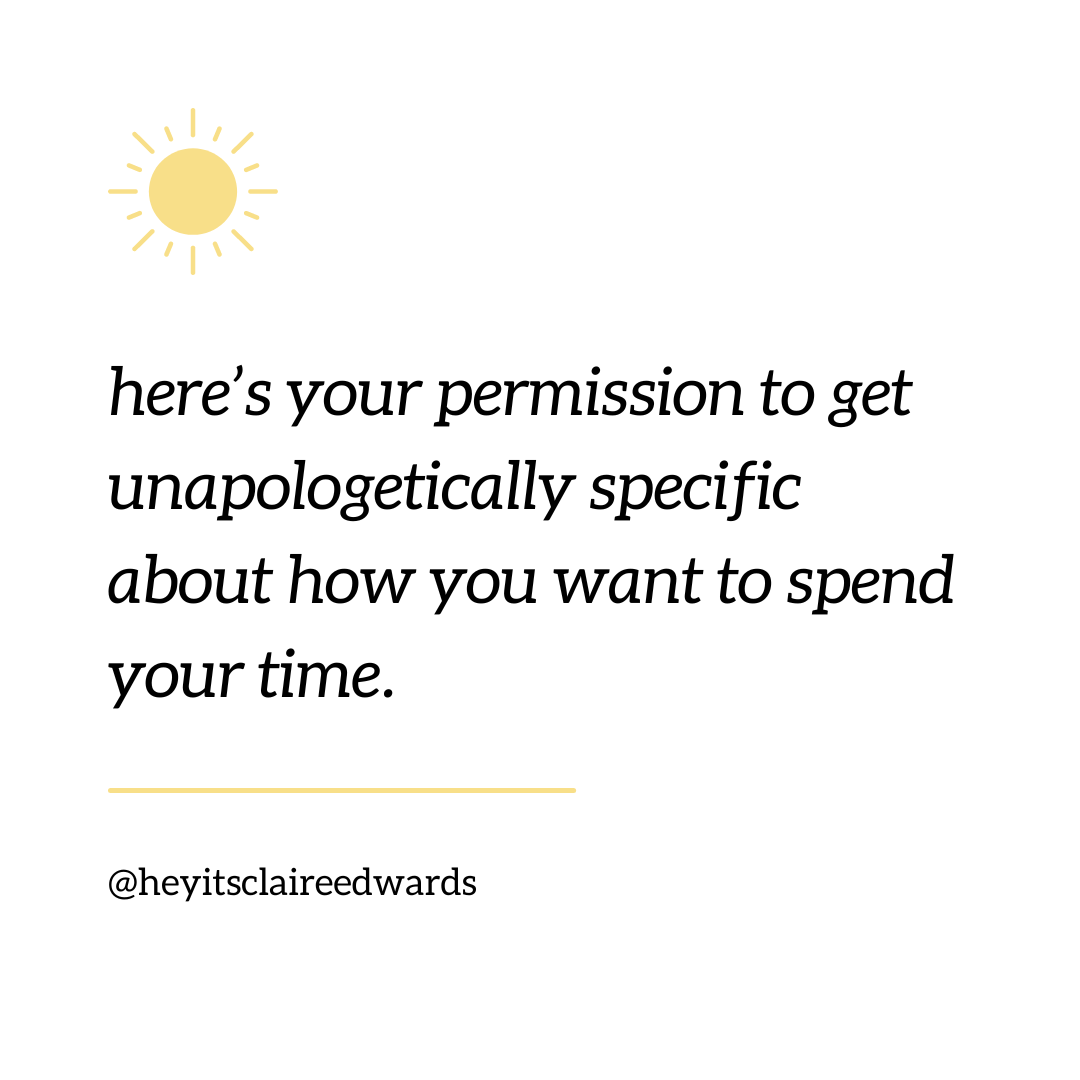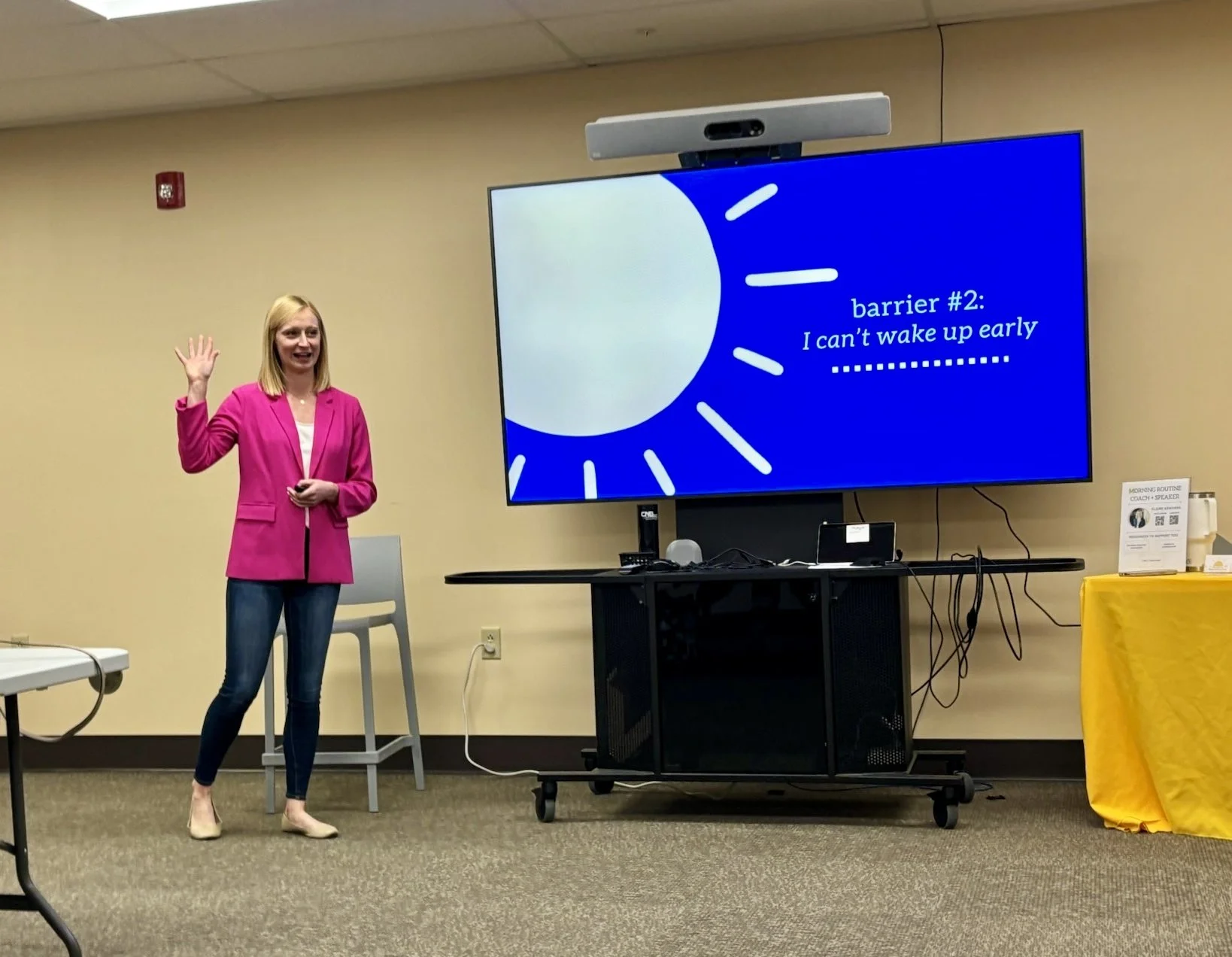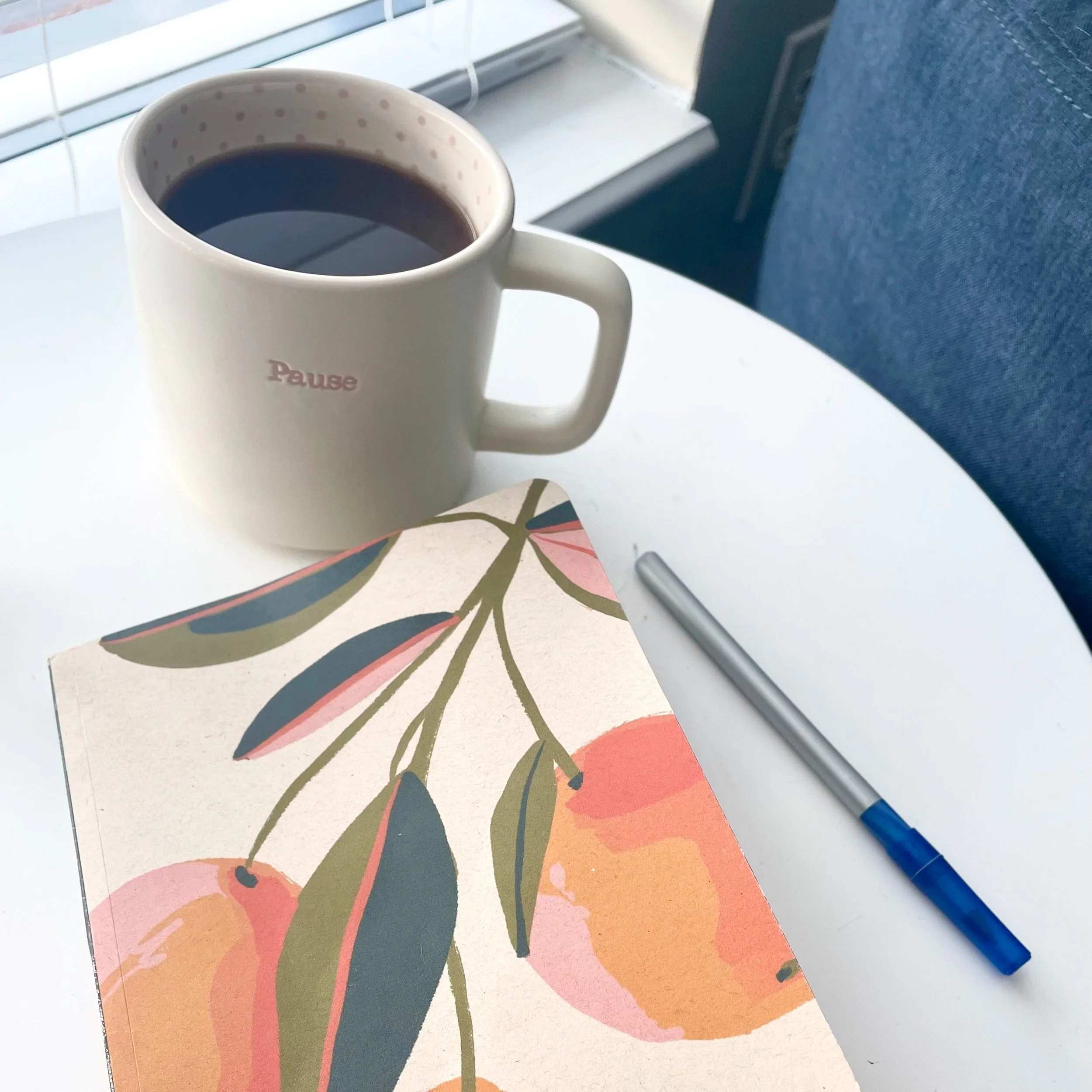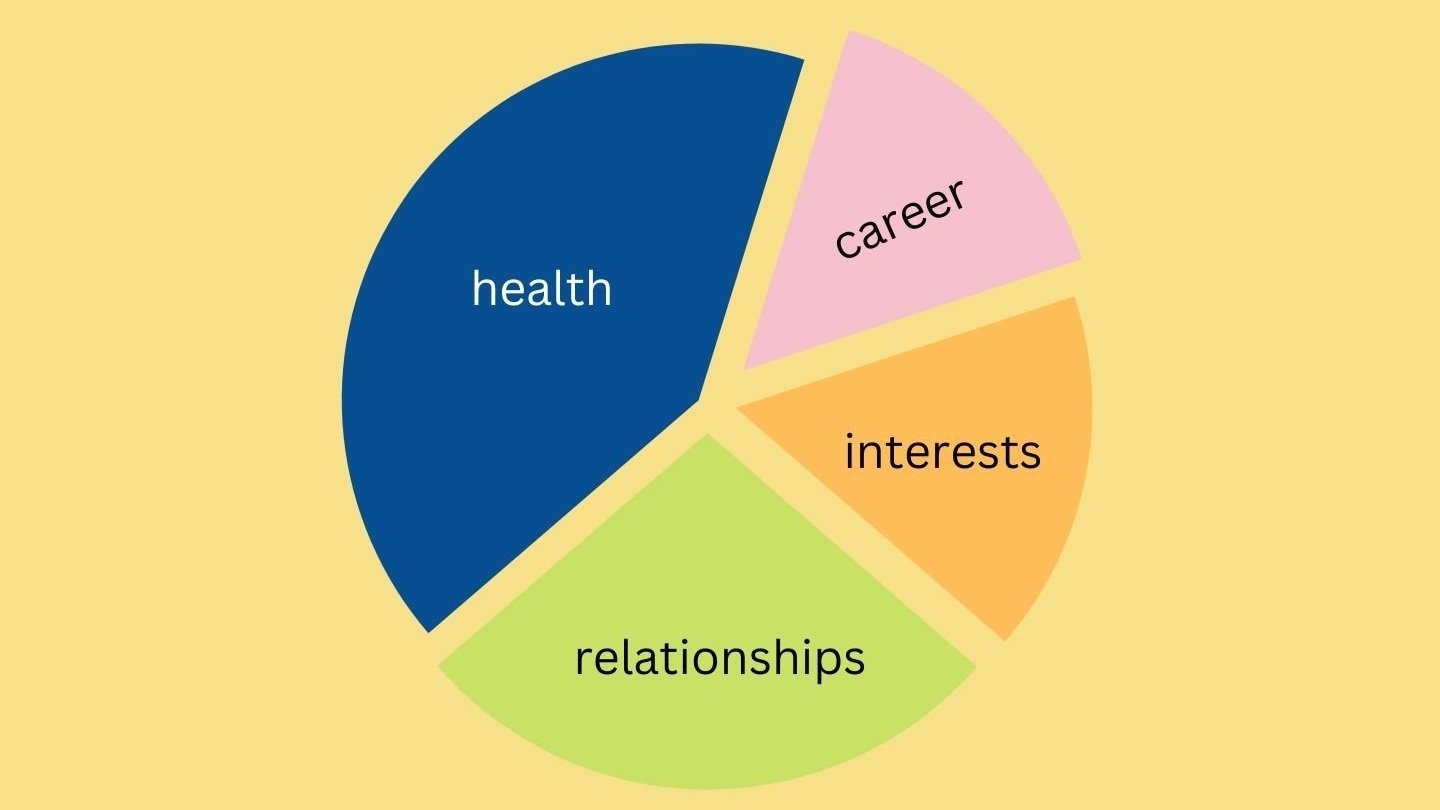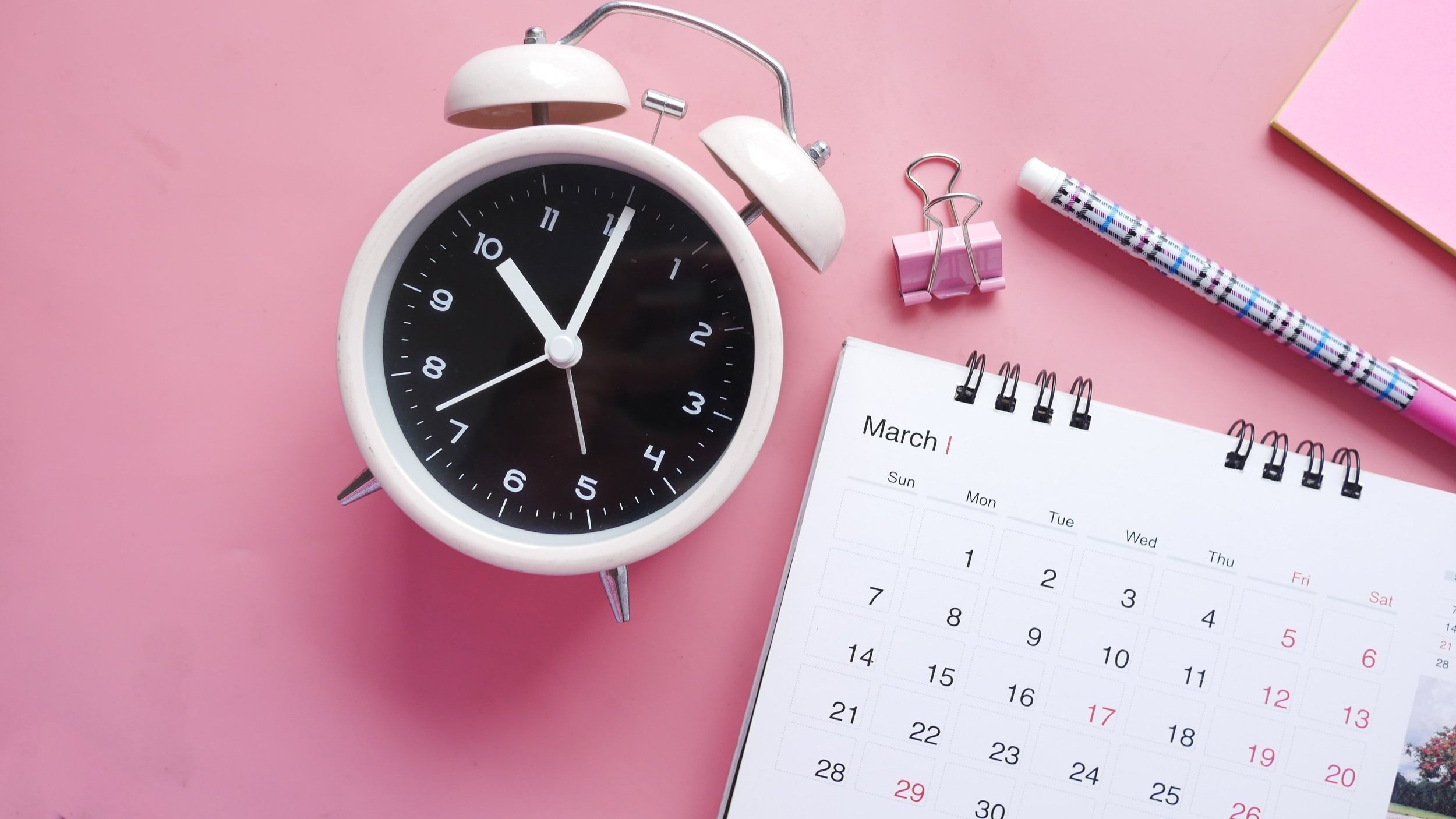I remember graduating from college, starting my corporate job, getting about 3 months in and thinking…
there has to be more than this.
There has to be more than commuting to work, sitting at a desk, and then commuting home.
Don’t get me wrong, I liked my job and I was thankful to have it.
I also knew that as I started my adult life, work couldn’t be the only thing in my life.
That is when I started creating wellness content, exploring yoga, and a bunch of other hobbies for the first time.
It was the 1st time I could see that I could be more than my day job.
It was the 1st time I could see myself becoming a complex, multi-faceted human-being.
It was also the 1st time I started running away from my day job.
Around that time, I started following a lot of creators and entrepreneurs on social media and listening to their podcasts.
For the past 3-4 years I’ve been consuming their content constantly because I felt like they had this similar mindset that there was more to life than the corporate job.
After years of being immersed in this, I noticed that my definition of success had shifted to being to get out of my day job as fast as I can and do something else to make money.
I started running away from my day job. Like a full out sprint.
I wanted to get out of there as fast as the amount of time I perceived it taking for other people.
Of course, I perceived them doing it quickly and easily, so I often have to remind myself that I’m probably only seeing their highlight reel and not necessarily the blood, sweat, and tears that went into building their side business.
I knew I could get to the point of starting a side business, but I realized I haven’t been utilizing a key superpower I have to get there.
That superpower is my day job.
Adam Grant explains in his book Originals: How Non-Conformists Move the World that some of the most successful entrepreneurs have stayed in their day job during the first couple of years of their side business.
Staying in their day jobs made them more likely to take risks and be creative in their side businesses because they had their day jobs as a financial and emotional safety net.
I had this epiphany that if I want to do hobbies or start side businesses, I don’t need to be running away from my day job. I need to be using it as a superpower.
It is an asset that can help me move forward instead of holding me back.
I pride myself on being a multi-faceted person and I was reminded that it means accepting all sides of yourself, including the day job part of me.
When I shifted the way I looked at myself and my life, things started to change.
I started making bigger strides at work.
I was taking more action on my hobbies and potential side businesses.
I became more present in the things I was doing and people I was with.
Instead of running away, I needed to meet myself where I’m at in order to move forward.

